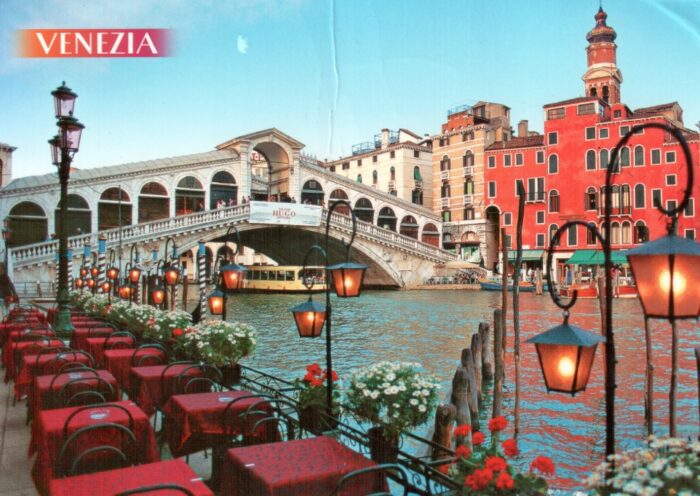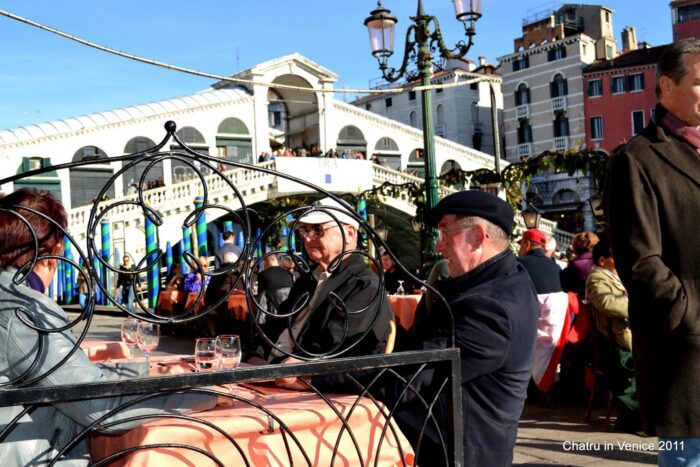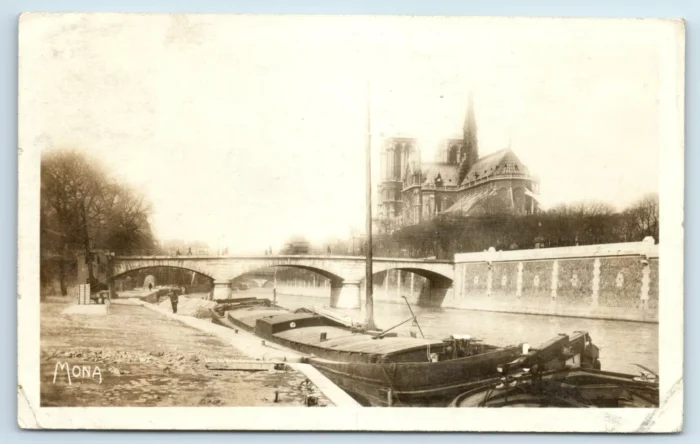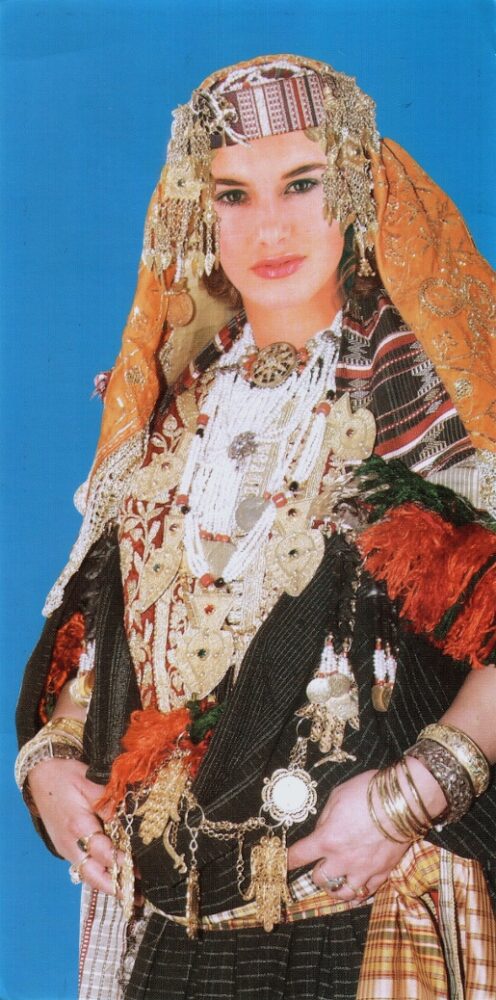This week’s Thursday Postcard Hunt adventure takes us to the heart of Venice, Italy, thanks to my friend Chatru who was on a grand European holiday back in 2011!
Chatru sent me a beautiful postcard featuring a view of a magnificent covered bright that instantly sparked a sense of recognition.
The postcard shows the Ponte di Rialto, or the Rialto bridge, the most famous and oldest bridge out of the four that cross the Grand Canal of Venice. It is an iconic symbol of Venice, spanning the Grand Canal with grace and elegance. The vaulted stone bridge was built from 1588-1591 under the supervision of Antonio da Ponte, it offers breathtaking views, a bustling atmosphere (lined with shops on either side), and a rich history that reflects the essence of Venice. It replaced previous wooden structures and stands as a stone arch masterpiece, connecting the districts of San Marco and San Palo. Source.
As it turned out, the view was the very same spot my friend captured in one of the photos he sent to me ! Talk about a picture-perfect location.
My friend captured the iconic covered bridge that’s been gracing the Grand Canal for centuries so nicely. Looking at this postcard, one can almost feel the vibrant energy of Venice. Imagine strolling across the bridge, soaking in the sights and sounds, having coffee in one of the cafes, and peeking into the charming shops lining the covered walkways. It’s a quintessential Venetian experience!




